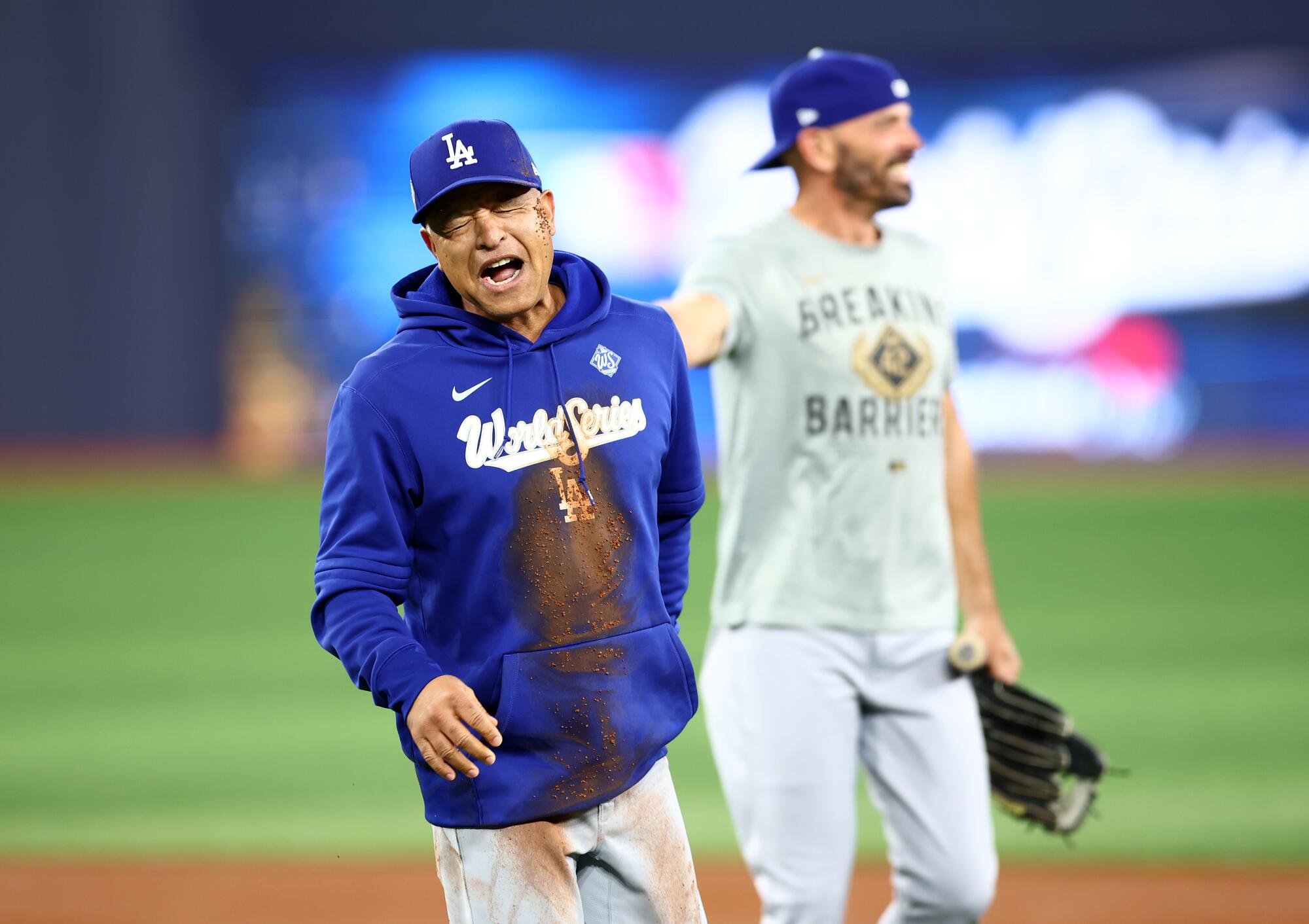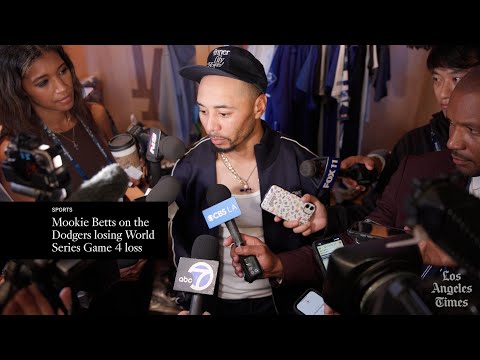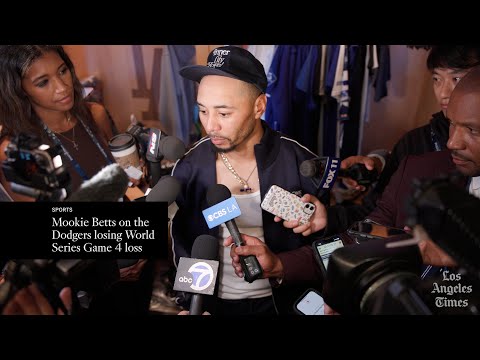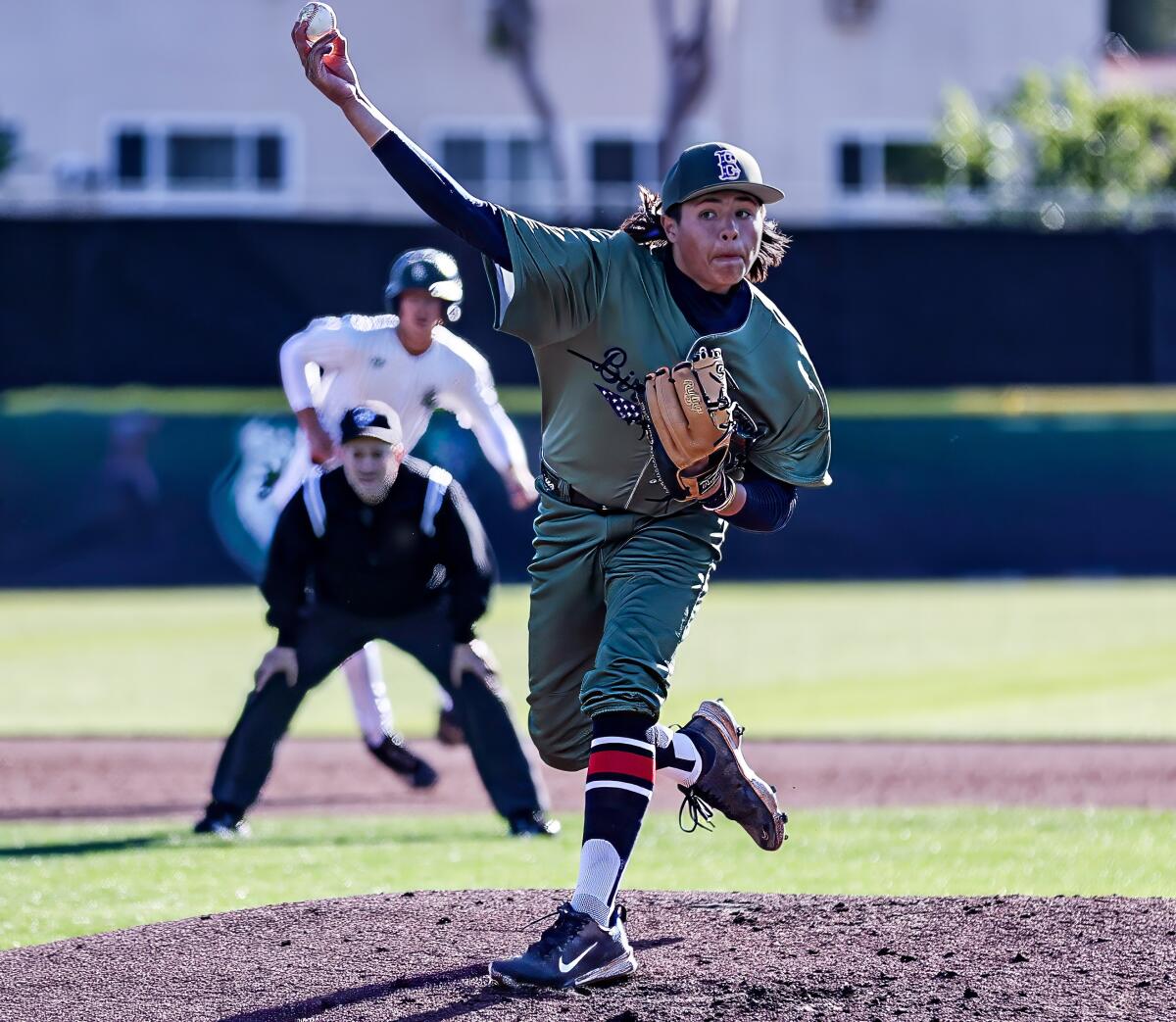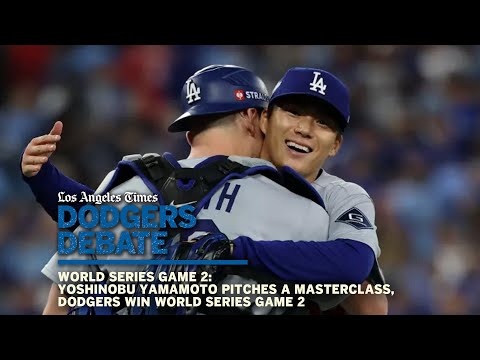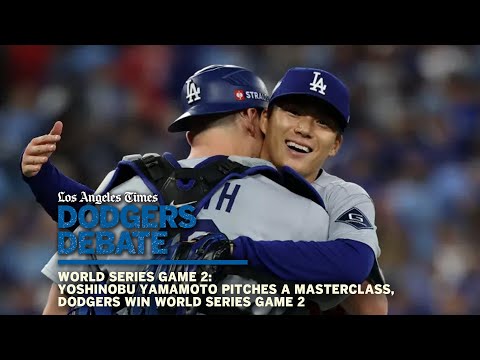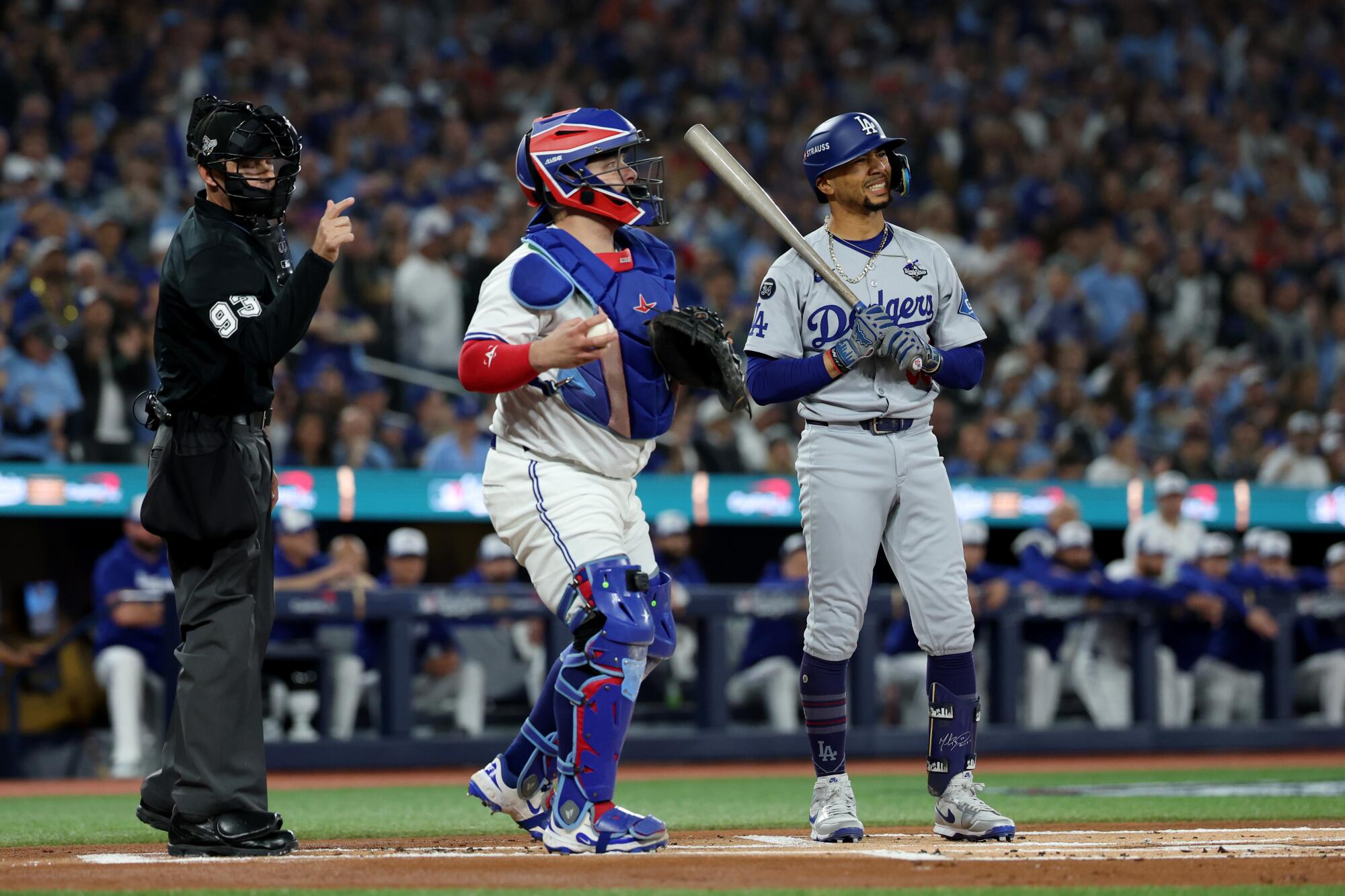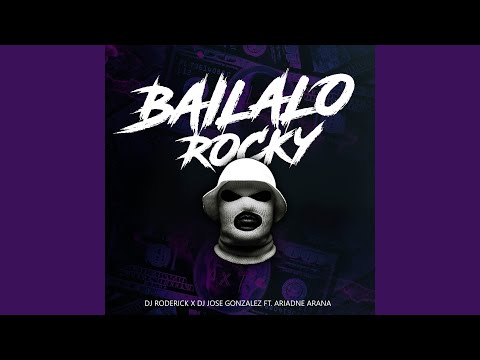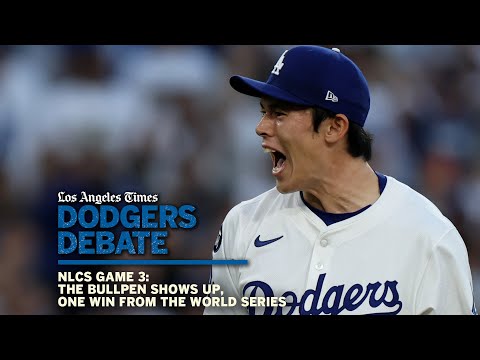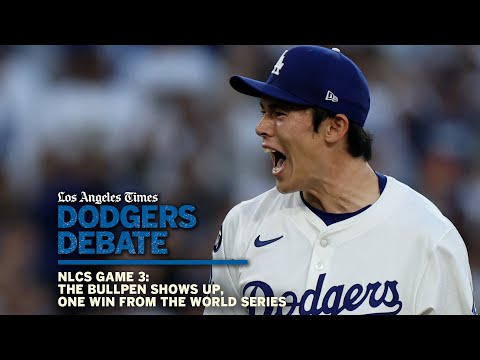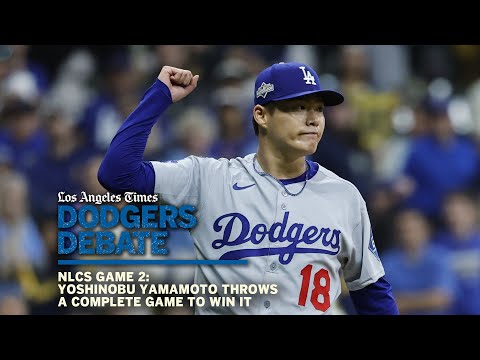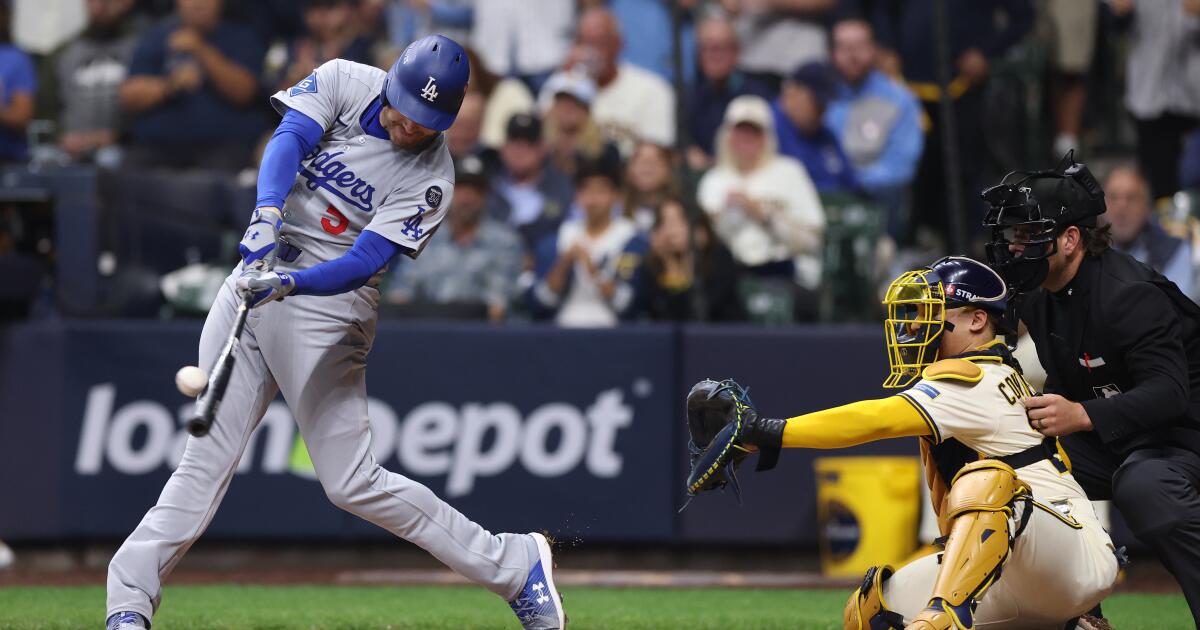Dave Roberts challenges Dodgers batters for World Series Game 6
TORONTO — It was a miserably cold, rainy and gray afternoon outside Rogers Centre on Thursday.
Inside the stadium, however, the Dodgers found some rays of emotional sunshine.
No, this is not where the team wanted to be, facing a 3-2 deficit in the World Series entering Game 6 on Friday night against the Toronto Blue Jays.
And no, there was not much to feel good about after a disastrous 48 hours in Games 4 and 5 of this Fall Classic, in which the Dodgers relinquished control of the series and allowed their title-defense campaign to be put on life support.
But during an off-day workout, the club tried to rebound from that disappointment and reframe the downtrodden mindset that permeated the clubhouse after Game 5.
Every player showed up to the ballpark, even though attendance was optional after a long night of travel.
“That was pretty exciting for me, and just speaks to where these guys are at,” manager Dave Roberts said. “They realize that the job’s not done.”
Roberts brought some levity to the start of the workout, too, challenging speedster Hyeseong Kim to a race around the bases — only to stumble face-first on the turn around second while trying to preserve his comically large head start.
“Cut the cameras,” Roberts yelled to media members, as he playfully grabbed at his hamstring and wiped dirt off his sweatshirt.
Dodgers manager Dave Roberts reacts after falling while challenging Hyeseong Kim to a race on the basepaths during a team workout at Rogers Centre on Thursday.
(Vaughn Ridley / Getty Images)
Then, the Dodgers got to work on their primary task: Trying to sync up an offense that had looked lost the last two games, and has scuffled through much of October.
“I’ve been doing a lot of thinking about this … and I could dive into my thoughts,” Roberts said of the team’s offensive struggles, which he noted could include another lineup alteration for Game 6.
“But I think at the end of the day,” Roberts continued, “they just have to compete and fight in the batter’s box. It’s one-on-one, the hitter versus the pitcher, and that’s it. Really. I mean, I think that that sort of mindset is all I’ll be looking for. And I expect good things to happen from that.”
In the losses at Chavez Ravine, the majors’ second-highest scoring offense struggled to hone that ethos. The Dodgers scored only three runs, racked up a woeful 10 hits and looked more like the version of themselves that stumbled through much of the second half of the season before entering the playoffs on a late-season surge.

Their biggest stars stopped hitting. Their teamwide approach went by the wayside. And in the aftermath of Game 5, they almost seemed to be searching for their identity as a team at the plate — trying to couple their naturally gifted slugging ability, with the need to work more competitive at-bats and earn hittable pitches first.
“We’re just not having good at-bats,” third baseman Max Muncy said.
“We’ve got to figure something out,” echoed shortstop Mookie Betts.
Take a quick glance at the numbers in this World Series, and the Dodgers’ hitting problems are relatively easy to explain.
Shohei Ohtani (who took another Ruthian round of batting practice Thursday) does not have a hit since reaching base nine times in the 18-inning Game 3 marathon. Betts (who spent as much time hitting as anyone Thursday) has bottomed out with a three-for-25 performance.
Other important bats, including Muncy and Tommy Edman, are hitting under .200. And as a team, the Dodgers have 55 strikeouts (11 more than the Blue Jays), a .201 overall average and just six hits in 30 at-bats with runners in scoring position.
“We got a lot of guys who aren’t hot right now, aren’t feeling the best,” Edman said Wednesday night. “But we got to turn the page, and hopefully we can swing it better the next couple days.”

“As a group,” Kiké Hernández added, “it’s time for us to show our character and put up a fight and see what happens. … It’s time for us, for the offense, to show up.”
Better production from Betts would be a good start.
On Wednesday night, the shortstop did not mince words about his recent offensive struggles, saying he has “just been terrible” after batting .164 in 13 games since the start of the National League Division Series.
Roberts tried to take some pressure off the former MVP in Game 5, moving him from second to third in a reshuffled batting order. But after that yielded yet another hitless performance, Roberts further simplified the task for his 33-year-old star.
“Focus on one game, and be good for one game,” Roberts said. “Go out there and compete.”
On Thursday, that was Betts’ focus, with multiple people around the team noting a quiet and renewed confidence he carried into his off-day batting practice session. He had long talks with hitting coach Robert Van Scoyoc, special assistant Ron Roenicke and Roberts around the hitting cage. He searched for answers to a swing that, of late, has generated too many shallow pop-ups and mishit balls.
Dodgers teammates Mookie Betts, left, Max Muncy, Tommy Edman and Freddie Freeman wait on the infield during a pitching change in the seventh inning of Game 5 of the World Series on Wednesday night at Dodger Stadium.
(Robert Gauthier / Los Angeles Times)
“He looked great,” fellow hitting coach Aaron Bates said. “Actually, his head was in a good place. Good spirits. The whole group, guys were great. Everyone came and showed up and hit and got their work in.”
For the Dodgers to save their season, it isn’t only Betts who will need to find a turnaround.
While Blue Jays starters Shane Bieber and Trey Yesavage pitched well in Games 4 and 5, the Dodgers also seemed to struggle to adapt their plan of attack — getting stuck in an “in-between” state, as both Roberts and several players noted, of both trying to attack fastballs and protect against secondary stuff.
“Sometimes we’re too aggressive,” outfielder Teoscar Hernández said. “Sometimes we’re too patient.”
“It seems like at-bats are snowballing on us right now,” Kiké Hernández added. “We’re getting pitches to hit, we’re missing them. And we’re expanding the zone with two strikes.”
Being “in-between” was a problem for the Dodgers late in the season, when they ranked just 12th in the majors in scoring after the All-Star break. That it is happening again raises a familiar question about the identity of the club.
Do they want to be an aggressive, slugging lineup that lives and dies by the home run? Or more of a contact-minded unit capable of grinding out at-bats and stressing an opposing pitcher’s pitch count. Roberts’ emphasis on better “compete” signaled the need to do more of the latter.
Freeman echoed that notion leading up to Game 5.
“If we’re going up there just trying to hit home runs, it’s just not the name of the game,” Freeman said. “We just need to check down and have, like, almost a 0-1 mindset. Just build innings, extend ‘em, work counts, be who we are.”
So, how do they actually go about doing that, ahead of a Game 6 matchup with a pitcher in Kevin Gausman who excels at mixing his fastball and splitter?
“Basically, you have to keep to your strengths,” Bates said. “And see what the next pitcher brings to the table.”
The only silver lining: The Dodgers have been in this spot before.
Last year, at the very start of their World Series run, they faced a similar situation in the NLDS against the San Diego Padres, winning back-to-back games with clutch offensive outbursts that helped catapult them to an eventual World Series title.
“We can do it again,” Freeman said.
“I think we’re a more talented team than we were last year,” Kike Hernández added.
Entering Friday, they will have two games to prove it. Now or never. Do, or watch their dreams of cementing a dynasty die.
